Year 2, Lesson 3.2 - Responsibility in Decision Making
Unit Learning Goal
Students will analyze real-world dilemma situations using various lenses to determine central conflicts and possible solutions.
Lesson Goal
Students will be able to use the “rings of responsibility” framework in dilemmas to determine how responsibilities influence decision-making.
Assessment
Monitor discussion and written notes during the “You Be the Judge” activity for understanding of the rings of responsibility framework.
Analyze Exit Tickets for a demonstrated understanding of the connection between responsibilities and future work.
CASEL Alignment
Responsible Decision Making, Collaborative Problem Solving, and Social Awareness
portfolio documentation
Resources
None
Prerequisites
Year 1, Lesson 3.2 - The Rings of Responsibility
Year 2, Lesson 3.1 - Professional Roles, Dilemmas, the 3 E’s and the 4 C's
Total TIME
45 minutes
-
Remind students that in their last lesson they talked about how people can have multiple roles in life and how roles can often be in conflict in dilemmas. If time allows, ask students to reflect on some of the roles they discussed in the last class.
Tell students that today they’ll be thinking more about the way in which our responsibilities can affect our decisions regarding dilemmas.
Instructions
1. Opener: Briefly review the “Rings of Responsibility” with your class [5 minutes].
If available, you might ask your class to look back at their original Rings of Responsibility handout completed in Year 1, Lesson 3.2 as you review.
Remind students responsibility is related to The Good Project’s understanding of “ethics.” Overall, responsibility is often defined as:
Being responsible for something means that someone has an obligation or commitment to do something, or has control over or has to care for someone or something.
Explain to students that The Good Project uses the “Rings of Responsibility” to understand to whom or what we are responsible. The rings of responsibility look at how we are responsible to:
Our self: our own person
Others; family, peers, friends
Community: school, neighborhood
Profession: being a student, an athlete, a dancer, etc.
Wider world: to society
Show the image of the rings of responsibility to the students, or draw one on a front whiteboard or digital whiteboard
-
An Educator from The Good Project Community of Practice suggested using the Rings of Responsibility as a way to frame the conversation with a student who has misbehaved in school. You can also try this approach by asking the student to consider how their actions effected different rings, which rings they had been thinking of when they misbehaved and which they might have forgotten in the moment.
2. Present students with the “You Be the Judge” handout and introduce the activity [30 minutes].
Break students into groups of 3-4 people.
Have all the students read one of the dilemma beginnings on the handout quietly at their desks.
Have the students create a “live” Rings of Responsibility in the classroom where they indicate which responsibility they think is of primary importance to the character in their dilemma.
Have students discuss in their group why they felt this area of responsibility was of primary importance to the character, and how this sense of responsibility might affect the character’s decisions in the dilemma. Students should then draw their configuration on the worksheet.
Have students then read the dilemma endings on the worksheet and respond whether they felt their own understandings of the character’s responsibilities match the ending of the dilemma.
Come back together as a class. Consider together:
What responsibilities did Jonah and/or Felicia have to take into consideration when making a decision? What tensions do we see between these different responsibilities?
How would putting different responsibilities first result in different outcomes?
What are the major responsibilities you consider when making a decision? Are some more important than others? How do you know?
How might your responsibilities change when you have a full-time job or career?
Add the “You be the Judge” activity sheet to students’ Good Work portfolios.
3. Closing and Exit Ticket [10 minutes].
Present students with the Lesson 3.2 Exit Ticket.
Students will answer the following question: How can the rings of responsibility help us to do “good work,” whether as a student or later in our careers?
Lesson Walkthrough
Watch this short video guide for lesson specific advice from The Good Project Research Team.



